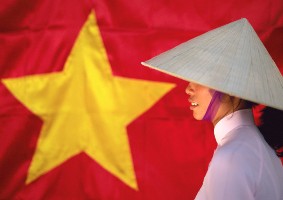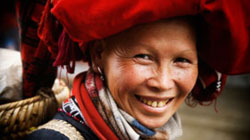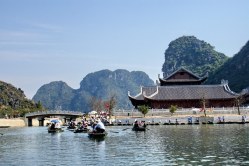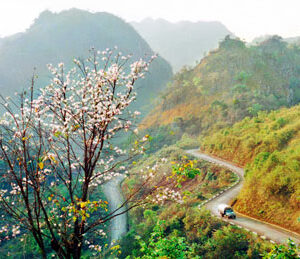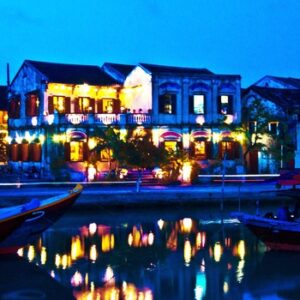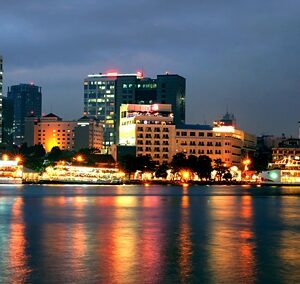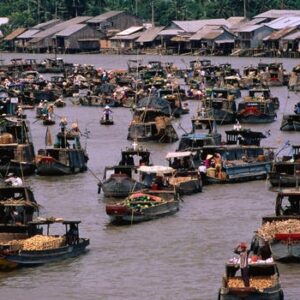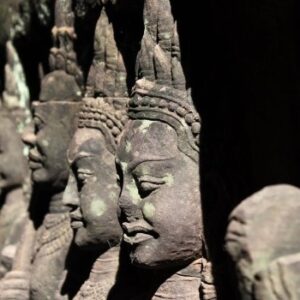GROUP TOUR – TOUR CODE: CSP01S
Sapa trekking tour, at the elevation of 1,600m, is famous for all foreigners in term of ethnology and scenery. Sapa is 1 of the only 2 destinations of Vietnam you can see snow during some precious days annually. The weather is 10-25 Centigrade with low humidity, offerring Sapa cool atmosphere all-year-round and making this town “the leisure capital of North Vietnam during summer”.
PRICE
US$ 55 per person
Single supplement surcharge: US$ 15
This Sapa group tour will offer you the must-see hilltribe villages around Sapa town.
HOTEL UPGRADE OPTIONS:
If you’d like to upgrade the 2nd night from Hoang Ha 3-star hotel to another, you pay the surcharge as follows:
– Cat Cat View 3-star www.catcathotel.com : + US$ 20/ per person
– Sunny Mountain 4-star www.sunnymountainhotel.com : + US$ 30/ per person
INCLUSION
- Hotel in Sapa town (Twinshare room) – Priority: Hoang Ha 3-star hotel – Add:No.8B Thac Bac Street – Sapa town center.
- Air-conditioned van or minibus shared with other passengers.
- Local English speaking tour guide.
- All meals as indicated in Sapa: 2 x B (Breakfast); 2 x L (Lunch); 2 x D (Dinner)
- Admission fees to sightseeing places.
- Free luggage handling in hotels.
EXCLUSION
- Private taxi & our VietnamCheapPackages supporting staff picking you up from your hotel in Hanoi center to your compartment on the train ! Yes, exactly, our staff will say goodbye to you at your berth on the train compartment and help you the boarding procedures before the train leaves. If you’d like to book this service, a surcharge of US$ 23/ group of 2 tourists, or US$ 30/ group of 3-5 tourists will be applied.
- Train tickets Hanoi – Lao Cai (Sapa): 1-way ticket = US$ 40/ person (4-soft-sleeper cabin) or US$ 85/ person (2-soft-sleeper cabin). There’s 1 VietnamCheapPackages staff meeting you at your hotel to give you the ticket.
- Drinks, trekking gears & other personal expenses.

Sapa hilltribe villages nestle among Muong Hoa valley is home to Hmong, Dzay, Tay, Xa Pho, Red Dzao ethnic people. This is also a paradise for trekking tours with beautiful landscape and many chances to intermingle with local traditions.




